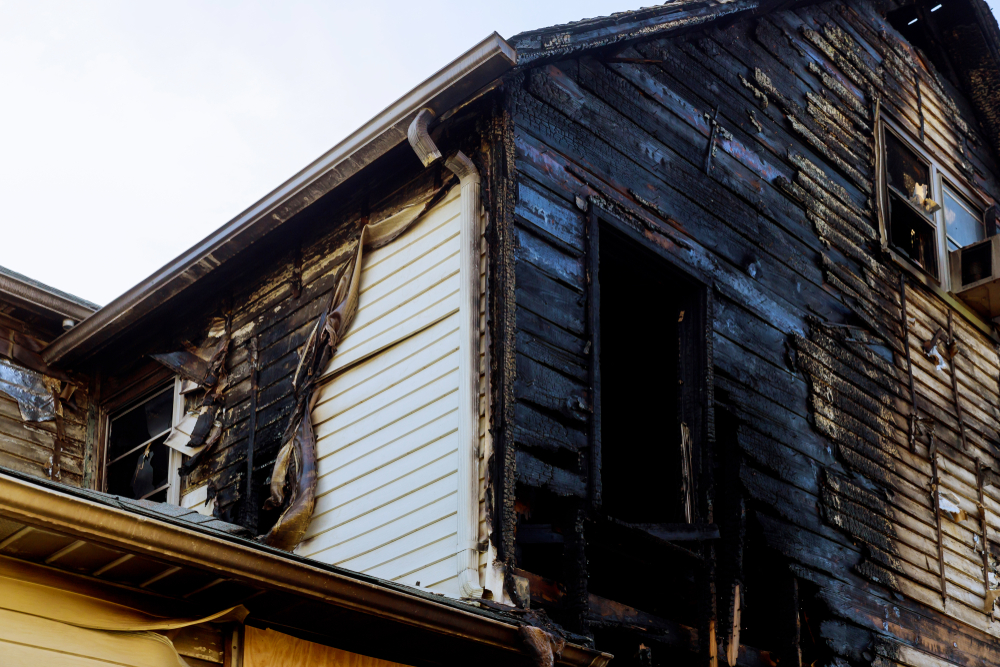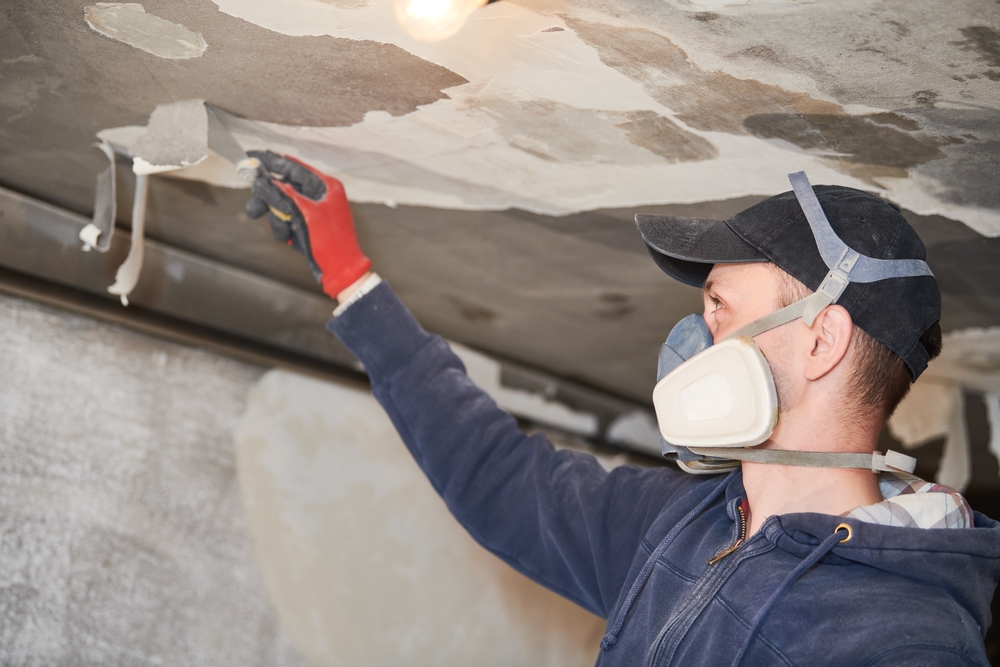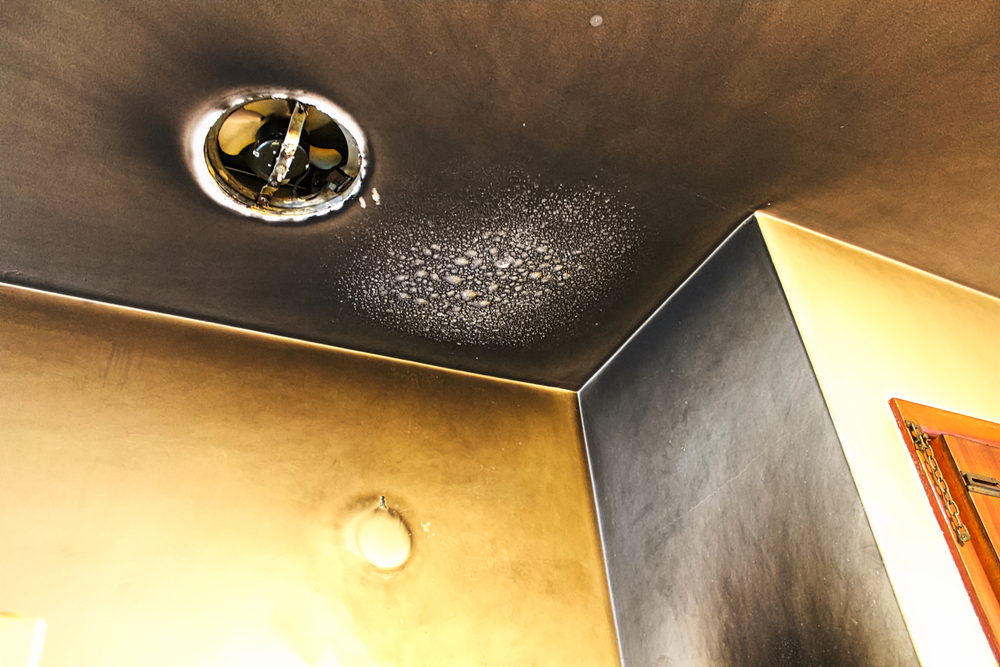How to Safely Remove Fire-Damaged Belongings from Your Home
Among the most upsetting things a family may go through is a fire in their house. Beyond the first emotional shock and pain, the fallout calls for deliberate thought and action. Eliminating items ruined by fire is among the most important chores. This process is vital for your and your loved ones’ health and safety, not alone for freeing space.
Safely removing fire-damaged objects can help to avoid other problems like structural damage and health risks from soot exposure. It also enables your house to feel normal once more. We will explore the value of appropriate removal methods, underline possible health hazards, and offer thorough, step-by-step advice for efficiently negotiating this difficult procedure in this extensive book.
Assessing the Damage
Safety First
Safety comes first even before you enter your house during a fire. Many threats left by fires might not be immediately apparent. Always don suitable protective gear—masks, gloves, and goggles among other things. These products guard against getting into touch with dangerous chemicals and from breathing dangerous smoke particles and fumes.
Furthermore, your first examination should be attended by someone else. In an emergency, this can be quite useful. Wait for experts to evaluate the matter if you observe major structural damage or if the fire has not been totally extinguished before moving forward.
Initial Inspection
It’s time for a comprehensive check of the impacted locations once you have guaranteed your safety and changed into your protective gear. Starting at the site of origin, work your way outward noting all obvious damage. Look for evidence of fire damage like smoke stains, scorched walls, and burned furniture.
Note carefully the following throughout your inspection:
- Extent of the Damage: List which rooms suffered and the extent of damage in every other location.
- Salvageable Items: A few things might be salvaged. Search for objects that seem whole or may be cleaned and restored.
- Unsalvageable Items: List objects too damaged to be restored. This might cover badly burned furniture, clothes, or anything strongly smelling of smoke.
By approaching this inspection phase methodically, you will be able to rank the items that must be eliminated first.

Preparing for Removal
Ventilation
Once you’ve evaluated the damage, good ventilation becomes really vital. Opening windows and doors lets fresh air flow, therefore helping to remove smoke smells and enhance air quality. Strategically use fans to improve ventilation in the space; avoid running electrical appliances that might be destroyed by heat from the fire or water. This is an essential stage since it lessens the intake of dangerous particles and ensures a safer surroundings for cleanup.
Cleaning Supplies
Get the required cleaning materials before you start the removal process. Having the correct tools on hand will simplify your task and increase your sense of readiness. Here is an all-encompassing inventory list to gather:
- Rubber Gloves: Keep dirt, sharp objects, and dangerous chemicals off your hands.
- Masks: A good mask will remove additional harmful particles including dust and smoke. For this aim, a respirator is best.
- Cleaning Solutions: Choose powerful cleaners fit for different surfaces. Look for items meant especially to remove smoke and soot.
- Disinfectant: Sanitizing surfaces that can carry germs or pathogens depends on a decent disinfectant.
- Buckets: Perfect for transporting cleaning agents and water throughout the cleanup.
- Mops and Sponges: Floor and surface cleaning calls for these tools.
- Trash Bags: Unsalvageable objects will need heavy-duty garbage bags for disposal.
- Broom and Dustpan: Smaller trash will be gathered using a broom and dustpan.
Advance preparation of these materials will help you to approach the cleanup process with assurance.
Removing Fire-Damaged Items Safely
Salvageable Items
If you have found things that are salvageable, move quickly to clean and repair them. Surfaces can get smoke and soot clinging to them, causing ugly stains and smells. Regarding fabric goods like upholstery and clothes, think through the following:
- Thorough Cleaning: See the manufacturer’s cleaning recommendations for fabrics. Many items could need for dry cleaning. Expert cleaning treatments can successfully remove soot and smoke from delicate clothes.
- Hard Surfaces: For objects fashioned of glass, metal, or wood, mix warm water with an appropriate cleaning agent. On glass surfaces, a vinegar and water combination will cut through soot really nicely.
- Electronics: Use caution with electric tools. See a professional before trying to clean anything if they came into contact with smoke or water. To guarantee performance and safety, they could need specific treatment.
- Storage: Store rescued goods in a spotless, dry place once cleaned. Steer clear of places remaining wet or covered with smoke residue.
Unsalvageable Items
Conversely, unsalvageable objects have to be disposed of correctly. This covers any items posing health hazards or too damaged for repair. The following describes how to properly handle disposal:
- Identify Unsalvageable Items: Sort your possessions and note those that cannot be restored or cleaned. This covers everything that is burnt, smells strongly, or exhibits obvious severe damage.
- Local Regulations: See local rules about how to get rid of fire-damaged goods. Many places have particular rules regarding burned goods and hazardous garbage.
- Professional Debris Removal: Hiring a professional trash collection company could help you to simplify this chore. These professionals guarantee local legal compliance by handling the safe and quick evacuation of hazardous materials. Their training include handling hazardous garbage, which could include chemicals, furniture, and burned electronics.
- Document Before Disposal: Photographs for your records and insurance claims should be taken before throwing out anything. Recording the damage will strengthen your case before insurance firms.
Health and Safety Considerations
Health Risks
From smoke and soot exposure especially, fire damage can cause several health hazards. Immediately respiratory problems including coughing, throat discomfort, and trouble breathing can result from smoke inhalation. Extended contact may cause major medical problems including pulmonary illness. Furthermore charred objects could emit dangerous compounds that persist in the air long after the fire is extinguished.
Safety Precautions
Use many safety measures to guard yourself while working in a fire-damaged area:
- Avoid Inhalation: Try to avoid breathing in dust or smoke whenever at all possible. Should the air quality be intolerable, go outside for fresh air.
- Handle Electrical Equipment Cautiously: Handle damaged electrical equipment very carefully. See a professional first if you believe any objects might be dangerous to handle.
- Be Aware of Structural Damage: Leave the room right away if you find compromised walls, drooping ceilings, or other indications of instability. These can point to possible structural hazards needing expert assessment.
- Dispose of Contaminated Items: There could be poisonous elements in some objects. Check local rules regarding disposal of these objects.
- Consider Psychological Impact: Never undervalue the psychological toll fire damage can inflict. If you feel overwhelmed, get help from friends, relatives, or mental health specialists.

Professional Help
When to Seek Professional Assistance
Sometimes it’s best to see a professional. Think of the following situations whereby professional help is required:
- Extensive Damage: Should your house show notable structural damage, a contractor or restoration professional should assess and fix it. They help to spot risks and guarantee proper completion of repairs.
- Hazardous Materials: See experts qualified to handle potentially dangerous materials, such lead or asbestos, if you believe they are present. Trying to control them without appropriate knowledge can be rather risky.
- Complex Cleanup Tasks: Professional help may be needed for difficult cleaning jobs including clearing smoke residue from walls, ceilings, and big furniture pieces. Experts in restoration know the tools and skills needed to meet these obstacles successfully.
- Insurance Claims: If you have questions about negotiating the insurance claims procedure, think about consulting a public adjuster. They can assist with documentation of losses, insurance company negotiations, and guarantee equitable pay-back.
Conclusion
Ultimately, your health and safety depend on you carefully removing fire-damaged items from your house. First, evaluate the damage and make sure you have on hand protective gear. Air the space and compile required cleaning tools. Pay special attention to cleaning salvageable objects and disposal of those unrepairable.
Always give your health first priority by avoiding smoke and dangerous chemicals. If the circumstances seem intolerable, do not hesitate to get expert help. Always foremost, though, your safety and well-being. Following these rules will help you to efficiently and safely negotiate the difficult process of clearing fire-damaged items from your house.
Additional Tips
- Document the Damage: Photograph the damage for insurance needs. This records of the degree of damage and can help speed up your claims process.
- Work in Short Bursts: Steer clear of too taxing yourself during the cleansing. Pace yourself since physical demand of fire damage cleanup can be great. Short spurts of work help you to keep your concentration and vitality.
- Take Breaks: Plan frequent downtime to relax and heal. This will keep you conscious during the procedure and help avoid tiredness. Another vital need is hydration; so, sip lots of water to remain fresh.
- Consult Experts: See restoration experts for particular questions. They can offer insightful analysis and ideas catered to your circumstances.
- Engage Support Services: Many localities provide support services for people impacted by a fire. Look for neighborhood groups or businesses that might offer both emotional and practical assistance during this trying period.
- Plan for Future Prevention: After the current crisis is under control, act to stop next ones. This covers setting up an escape route, installing smoke detectors, and thinking about family fire safety courses.
Following these all-encompassing rules and giving safety top priority will help you to safely and quickly clear fire-damaged items from your house. Your health comes first, thus following the required guidelines will enable you to recover your space and guarantee a better surroundings for your family and you.
Philadelphia Restoration Services
https://www.google.com/maps?cid=3399342399556699153
+1 267 668 0013
https://philadelphiarestorationservices.com/

